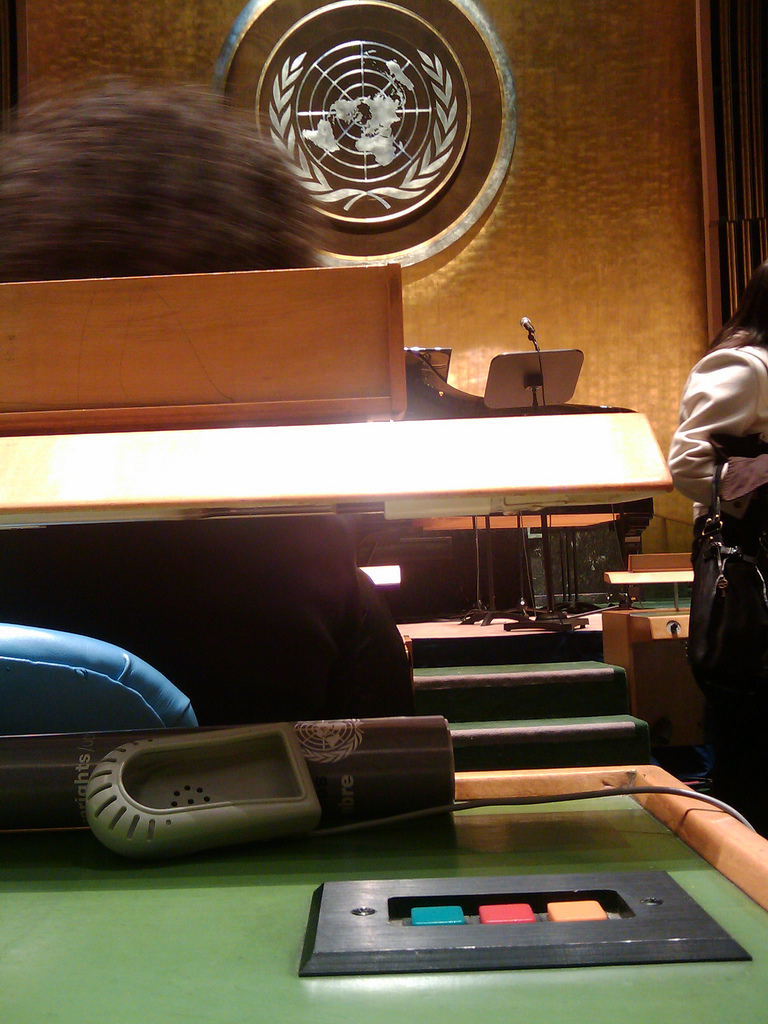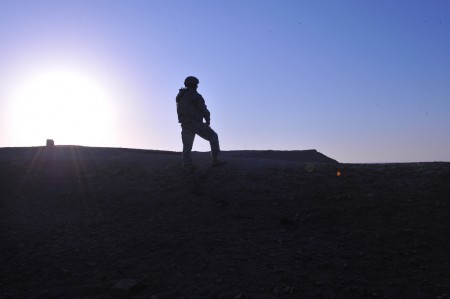
If you don’t read, watch or listen to Swiss media you probably haven’t noticed. On Tuesday, the new president of the UN General Assembly Joseph Deiss opened the 65th session of the UN’s house of representatives. As a Swiss I feel honored that only a decade after a majority of my co-citizens finally agreed to become a full member of the UN, our former federal councilor and foreign minister will be chairing the General Assembly (GA) for one year.
Joseph Deiss, a former economist, is realistic about his new position. Confronted with the criticism that the UN GA is only a talking shop and lacks any power, he says: So what? The GA is the only body representing all states in an equal manner and the only place where representatives of even the smallest and least important countries have a say. The UN GA is the principal place for international debate.
The GA also facilitates the human aspect of diplomacy. A colleague pointed out that Iran, Iraq and Israel are seated next to each other in the assembly hall. Imagine an Israeli diplomat bumping into the representative of Iran and apologizing: “Oh, I’m very sorry!” – “No problem at all”, the other says.
Addressing, perhaps implicitly, the big number of small states in the opening address, Deiss called for making the UN the center of global governance. Institutions such as the G8 or the G20 may be more efficient and be able to act swiftly. However, it is only the UN that has the legitimacy to make decisions for all states. In order for the UN to play a more active role in global governance, the organization needs to be reformed, which is one of the main points on Deiss’ agenda.
Let’s hope that the opening ceremony will not remain the last occasion we’ve read or heard about the 65th session of the UN General Assembly.
Yes, I was talking to you: fellow bloggers, journalists and news editors.
Listen to our podcast on the relevance of the UN and see our resources on UN reform.


